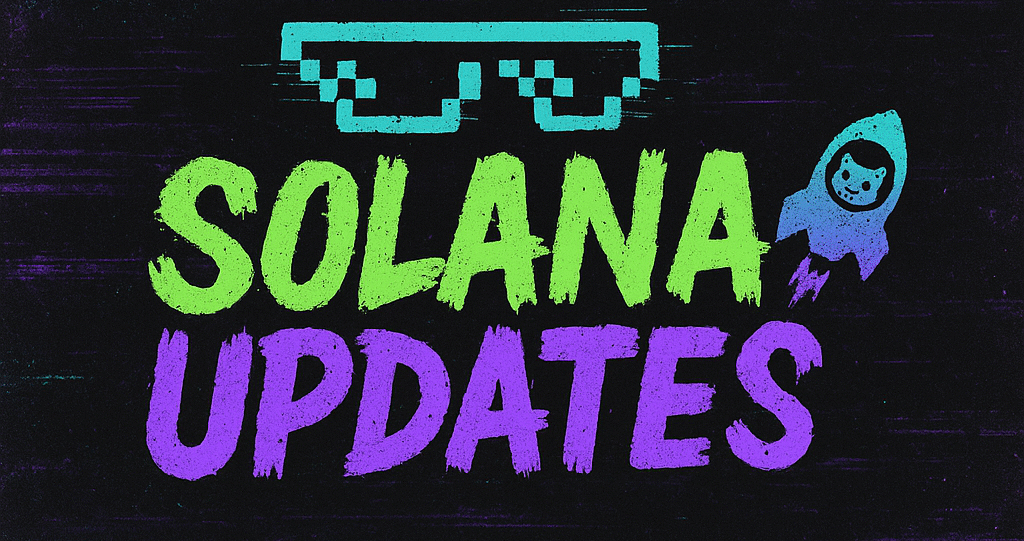Counter-Strike 2 Update Sparks NFT Debate Amid Market Crash
The gaming community is currently buzzing with discussions following a dramatic update to Counter-Strike 2, which has sent shockwaves across its virtual economy. Valve’s latest update to the popular game has inadvertently vaporized approximately $2 billion in skin value from its multi-billion dollar marketplace, reigniting the debate over the power developers hold over virtual economies and the potential role of NFTs in such ecosystems.
Counter-Strike has long been a titan in the gaming world, not just for its engaging gameplay, but also for its vibrant virtual marketplace. Players have invested billions in acquiring and trading skins—virtual items that customize the appearance of in-game weapons and characters. However, the recent update, while intended to enhance gameplay and integrate new features, has had an unintended consequence on this thriving market.
The update reportedly altered certain mechanics and aesthetics of skins, leading to a ripple effect that devalued numerous items. The shock to the market was immediate and profound, with $2 billion in value effectively evaporating overnight. This sudden collapse has sparked renewed conversations about the centralized control developers like Valve wield over these digital economies.
In the aftermath of this market crash, the concept of integrating Non-Fungible Tokens (NFTs) into gaming has gained renewed attention. Proponents argue that NFTs could provide a decentralized alternative, giving players more control and ownership over their virtual assets. Unlike traditional in-game items, NFTs exist on a blockchain, ensuring that their ownership and value are transparent and not subject to the whims of a single entity.
Critics of the current system point out that players are at the mercy of game developers, who can alter or depreciate skins and other virtual assets with little warning. “The recent Counter-Strike 2 update is a stark reminder of the vulnerability of digital assets within centralized systems,” noted blockchain analyst Sarah Kim. “NFTs offer a potential solution by enabling true ownership and permanence of digital items.”
However, the integration of NFTs into mainstream gaming is not without its challenges. Concerns around environmental impact, scalability, and regulatory issues remain significant hurdles. Moreover, the gaming community is divided on the matter, with some players expressing skepticism over the necessity and complexity of blockchain technology in gaming.
Despite these challenges, the situation with Counter-Strike 2 serves as a powerful case study in the ongoing debate over digital asset ownership. As virtual economies continue to grow, the need for a system that balances developer control with player autonomy becomes increasingly apparent.
As the dust settles, it remains to be seen how Valve will address the fallout from this update and whether they will consider incorporating blockchain technology in future iterations. What is clear, however, is that the incident has highlighted critical issues in digital asset management and has sparked a broader conversation about the future of gaming economies.
The Counter-Strike 2 update may have crashed its economy, but it has also opened up a dialogue that could redefine the digital landscape. Whether NFTs will emerge as the solution remains uncertain, but the debate is sure to continue as both developers and players explore new ways to navigate and benefit from virtual economies.
🛒 Recommended Product: Check out top-rated crypto gear on Amazon


